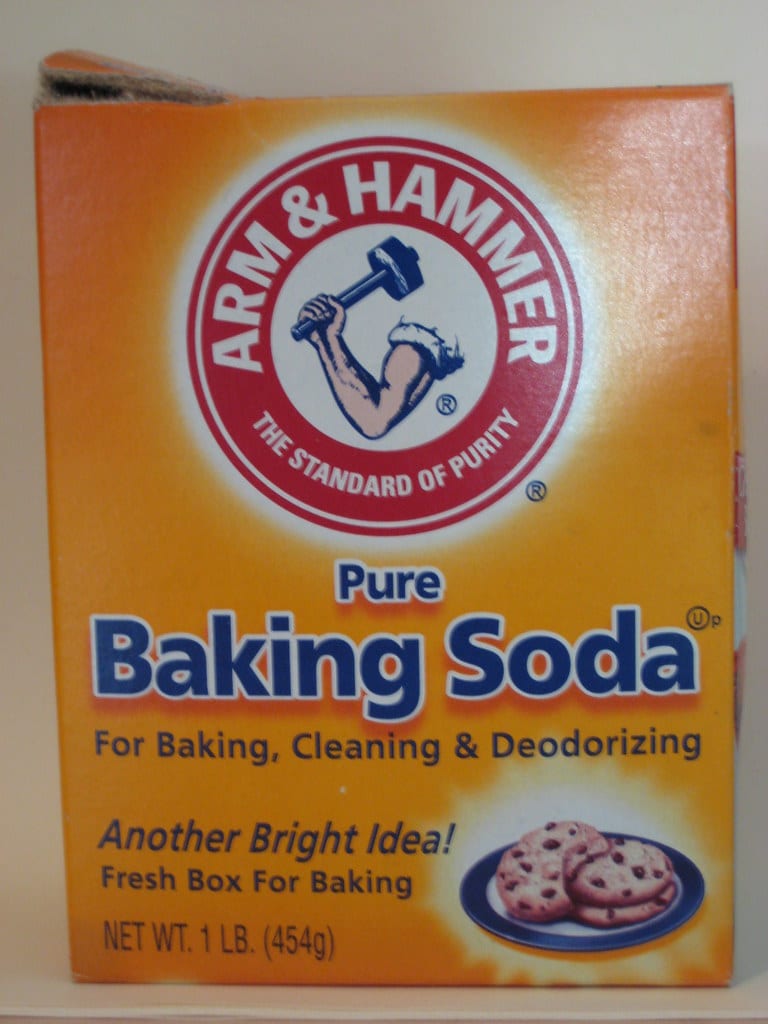
Unleashing the Power of Baking Soda
Baking soda, or sodium bicarbonate, is a versatile compound found in every kitchen. But it’s not just for baking or cleaning. It’s also a potent, eco-friendly fungicide. Fungicide baking soda provides an effective and safe means to control plant diseases, enabling you to safeguard your garden’s health without resorting to harsh chemicals.
The Science Behind Fungicide Baking Soda
So how does baking soda work as a fungicide? It all boils down to pH levels. Fungi thrive in acidic environments, and baking soda is alkaline, disrupting the fungi’s preferred pH. This inhibits the fungi’s growth, effectively halting the spread of diseases without damaging the plants themselves.
Baking soda also has the ability to act as a preventive treatment. When sprayed on plants, it leaves a residue that forms a hostile environment for fungal spores, preventing them from germinating and spreading.
Applying the Baking Soda Fungicide
Creating a baking soda fungicide is simple. You just mix 1 tablespoon of baking soda with 2.5 cups of water. For better adhesion to the plant, add a few drops of liquid soap to the mixture.
Apply the mixture early in the morning or late in the afternoon to prevent the sun from burning the leaves. Spray it directly onto the plant’s foliage, coating both the top and bottom of the leaves. Regular application, such as once a week, can prevent fungal spores from taking hold.
Remember to always test the solution on a small part of the plant first to ensure it doesn’t react negatively. If there are no adverse effects after 24 hours, you can apply the mixture to the rest of the plant.
The Ideal Plants for Baking Soda Fungicide
Baking soda is a versatile fungicide, effective for a variety of plant species. It’s excellent for rose bushes, where it can prevent black spot disease. It’s also beneficial for fruit-bearing trees and vines prone to powdery mildew, like grapes, apples, and peaches.
Vegetable plants, such as cucumbers, tomatoes, and squash, can also benefit from the application of a baking soda fungicide. It can prevent fungal diseases like anthracnose and early blight, which are common issues in vegetable gardens.
Different Types of Fungal Diseases
There are many types of fungal diseases that can infect plants, but baking soda is particularly effective against powdery mildew, a common fungus that forms a white or gray powder-like substance on leaves.
Baking soda can also control black spot disease, which forms black spots on leaves and leads to leaf drop. Additionally, it’s effective against anthracnose, a fungus that causes leaf spot and canker, particularly in vegetables and fruits.
Baking soda offers an easy, safe, and affordable method to keep your garden free from harmful fungi. By understanding how to use it and what it’s effective against, you can keep your plants healthy and productive. So next time you’re baking, remember that your plants might appreciate that box of baking soda as much as your cookies do.
